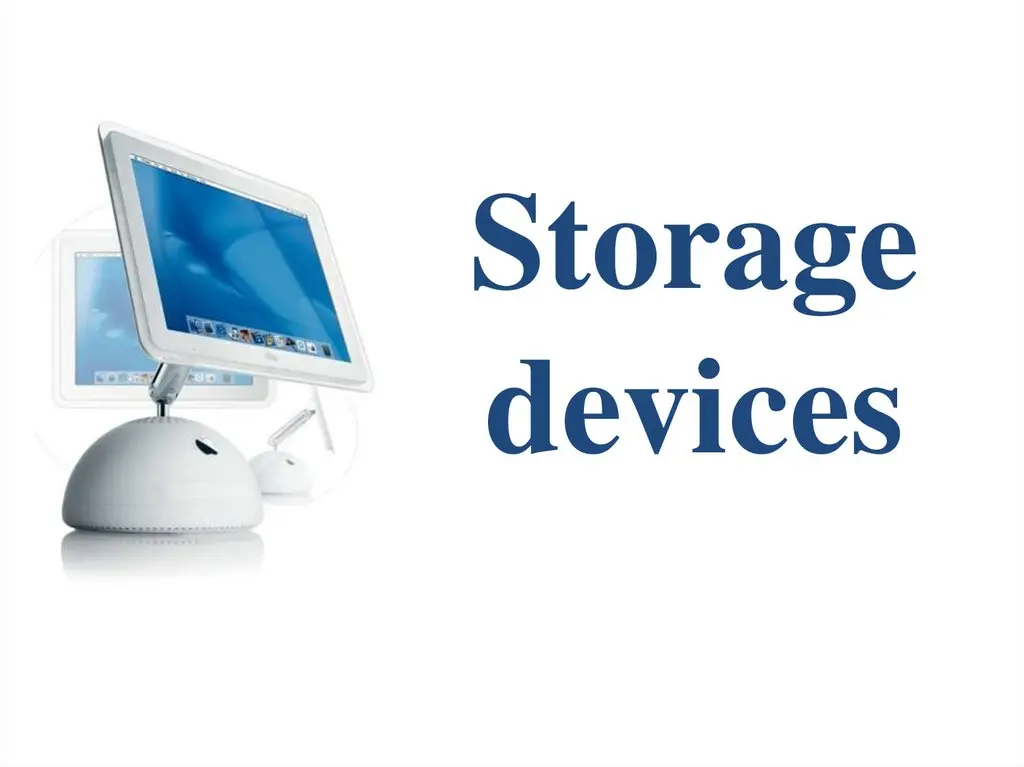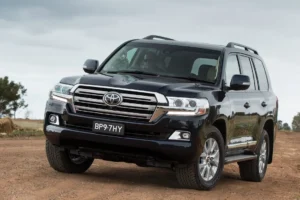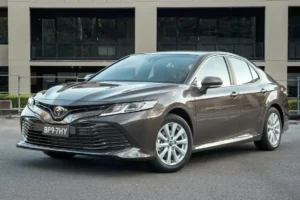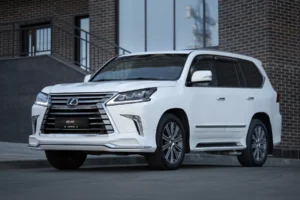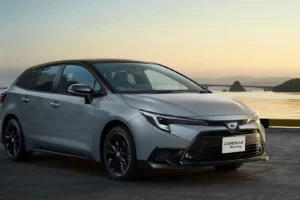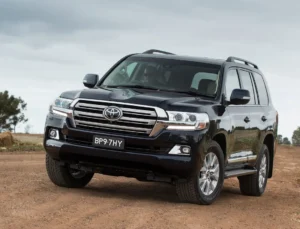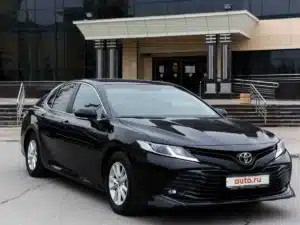Table of Contents
Buying the right storage device in 2025 is more than just a technical decision, it’s an essential step to ensure your device runs smoothly and your data remains safe. Whether you need extra space for work files, high-resolution videos, or heavy gaming applications, following the right tips for buying storage devices can help you achieve better performance without overspending on unnecessary specifications.
Types of Storage Devices
Not all storage devices are the same; each type is designed for a specific purpose. Understanding the differences is the first step in choosing the perfect storage solution. Among the most crucial tips for buying storage devices is knowing the distinctions between HDDs, SSDs, cloud storage, and external drives to avoid investing in a device that doesn’t meet your needs.
1. Hard Disk Drives (HDDs)
HDDs are among the oldest and most widely used storage devices, relying on spinning magnetic disks to store data. They remain a popular choice due to their affordability and large storage capacities.
- Storage Capacity: Ranges from 500GB to 18TB or more.
- Read/Write Speed: Typically 80–160MB/s, depending on rotation speed.
- Rotation Speed: Usually 5,400 or 7,200 RPM, with some models reaching 10,000 RPM.
- Lifespan: Lower durability due to moving parts, making it more prone to mechanical failure.
- Best For: Archiving large files, photos, and videos at a budget-friendly price.
2. Solid-State Drives (SSDs)
SSDs are the modern alternative to HDDs, utilizing flash memory instead of spinning disks. This results in significantly faster speeds and improved durability.
- Storage Capacity: Available in sizes from 120GB to 8TB.
- Read/Write Speed: Ranges from 200MB/s to 7,000MB/s, depending on the SSD type.
- Types of SSDs:
- SATA SSD: Speeds up to 550MB/s.
- NVMe SSD: Speeds between 1,500MB/s and 7,000MB/s.
- Lifespan: Longer than HDDs due to the absence of mechanical components.
- Best For: Operating systems, gaming, professional workloads, and high-speed applications.

3. External Storage Devices
External drives include both HDD and SSD options, offering flexible solutions for backup and data transfer via USB or other interfaces.
- Storage Capacity: Up to 20TB, depending on the model.
- Read/Write Speed: Varies based on HDD or SSD technology.
- Connectivity Options: USB 3.0, USB-C, Thunderbolt, eSATA.
- Best For: Backing up important files, storing large data sets, and transferring files across devices.
4. Cloud Storage
Instead of storing files on a physical device, cloud storage allows users to save and access data remotely via the internet.
- Storage Capacity: Starts from 5GB for free, with premium plans offering several terabytes.
- Access Speed: Dependent on internet connection and server performance.
- Security: Offers encryption and data protection, but requires an internet connection.
- Best For: Remote file access, collaboration, and securing data offsite.
5. USB Flash Drives & Memory Cards
These portable storage solutions provide quick and easy access to small to medium-sized files.
- Storage Capacity: 8GB to 2TB.
- Read/Write Speed: USB 3.1 drives offer speeds of up to 600MB/s.
- Lifespan: Limited by the number of write cycles, making them less durable than SSDs.
- Best For: Document storage, portable OS installations, and quick file transfers.
6. SD & microSD Cards
Used in smartphones, cameras, and tablets to expand internal storage.
- Storage Capacity: 16GB to 1TB.
- Speed Classes:
- Class 10: Up to 10MB/s.
- UHS-I / UHS-II: Up to 300MB/s.
- Best For: Storing photos and videos on mobile devices.
6 Key Factors to Consider When Buying a Storage Device
How often have you heard of someone buying a storage device, only to realize later that it’s too slow or doesn’t meet their needs? Don’t let that happen to you! Before making a purchase, consider these key factors and follow these tips for buying storage devices to ensure you get the right one without any regrets.
- Storage Capacity: Basic files require minimal space, but photos, videos, and games demand more. 1TB is ideal for regular users, while professionals may need 2TB or more.
- Storage Type: HDDs offer large capacities at lower prices, but SSDs deliver better speed and efficiency. If you want faster loading times and seamless performance, SSDs are the way to go.
- Speed: Read and write speeds directly impact system performance. NVMe SSDs outperform SATA SSDs, while HDDs operate at much slower speeds.
- Durability: External storage requires rugged durability. SSDs last longer as they lack moving parts, making them less prone to damage than HDDs.
- Data Security: Some storage devices offer encryption and password protection for sensitive data. Automatic backup features can also safeguard against data loss.
- Device Compatibility: Ensure the device supports the right interface (USB-C, USB 3.0, SATA) and is compatible with your operating system (Windows, Mac, PlayStation, etc.).
How to Choose the Right Storage Device for Your Needs
Don’t buy a storage device before understanding the differences between the available options! Some devices offer larger storage capacity, while others provide faster performance, and certain options allow remote access to your data from anywhere. Based on tips for buying storage devices, here’s a simple guide to help you choose the right one for your needs.
Choose HDD if
- You need high capacity at a lower cost.
- You store basic files like documents, photos, and videos.
- You prefer an economical, everyday storage option.
Choose SSD if
- You want fast boot times and application performance.
- You are into gaming or heavy software use.
- You need a durable and long-lasting solution.
Choose External Storage if
- You transfer files between multiple devices.
- You require a portable backup solution.
- You need extra storage without upgrading internal hardware.
Choose Cloud Storage if
- You want to access files from anywhere.
- You frequently share files online.
- You need an offsite backup for security.
Common Mistakes to Avoid When Buying Storage Devices
Buying a storage device may seem straightforward, but many people make common mistakes that result in poor performance or purchasing an unsuitable device. To help you make an informed decision, we’ve compiled the most essential tips for buying storage devices, ensuring you get the best value for your money and avoid costly errors.
1. Choosing a Storage Capacity That’s Too Small
Many users assume that 500GB or 1TB is sufficient, but as time passes, storage fills up quickly especially with photos, videos, and games forcing an upgrade sooner than expected.
What to Do Instead:
- Plan for the future and choose a larger capacity than your immediate needs.
- For long-term storage, 2TB or more is a smart investment to avoid frequent upgrades.
2. Focusing Only on Capacity and Ignoring Speed
Storage space isn’t the only factor to consider speed matters just as much. A device with slow read/write speeds can significantly affect performance, causing lag in file transfers and applications.
What to Do Instead:
- If you prioritize speed and efficiency, opt for an SSD over an HDD.
- For maximum performance, choose NVMe SSDs instead of SATA SSDs.
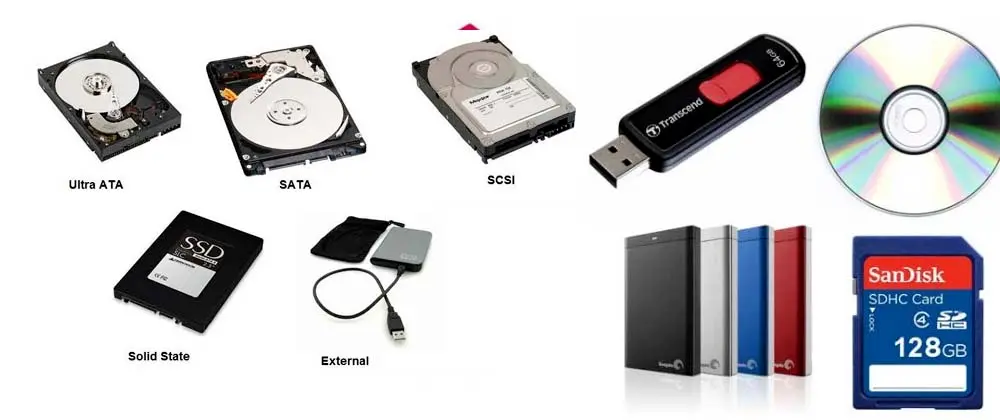
3. Overlooking Data Security and Protection
Some storage devices lack essential security features, increasing the risk of data loss due to hardware failure, viruses, or even theft.
What to Do Instead:
- Choose a storage device with built-in encryption and password protection, especially for sensitive data.
- Always keep a backup copy of important files on cloud storage or another external drive.
4. Buying the Cheapest Option Without Considering Quality
Low-cost deals can be tempting, but cheap storage devices often come with trade-offs—poor performance, shorter lifespan, and a higher risk of data loss.
What to Do Instead:
- Don’t base your decision solely on price; read user reviews and expert recommendations first.
- Stick to trusted brands like Samsung, Seagate, Western Digital, Crucial, and Kingston.
- Check warranty coverage, as low-cost drives often have limited or no warranty support.
5. Not Checking Device Compatibility
Imagine buying a storage device only to realize it doesn’t work with your laptop, gaming console, or other devices due to port incompatibility or unsupported formats.
What to Do Instead:
- Ensure the device supports the right USB or SATA connections (USB 3.0, USB-C, or Thunderbolt).
- If purchasing an NVMe SSD, confirm that your device supports PCIe NVMe slots.
6. Choosing HDD Instead of SSD Without Understanding the Difference
Some people choose HDDs just because they are cheaper, unaware that SSDs offer significantly better speed, durability, and performance.
What to Do Instead:
- If speed and efficiency are your priorities, go for an SSD.
- If you need large storage at a lower price, HDDs may still be a viable option.
- For the fastest possible experience, NVMe SSDs outperform both SATA SSDs and HDDs.
In conclusion, choosing the right storage device doesn’t have to be complicated. When you understand your needs, avoid common mistakes, and follow key tips for buying storage devices, you can find the perfect option without overspending or compromising on quality.
At Soum, we are committed to providing essential insights and expert advice to help you select the best electronic devices, including storage solutions, laptops, and tech accessories. Stay connected with us for easy to follow guides, in-depth reviews, and the latest deals, ensuring you shop with confidence and make informed decisions every time!


